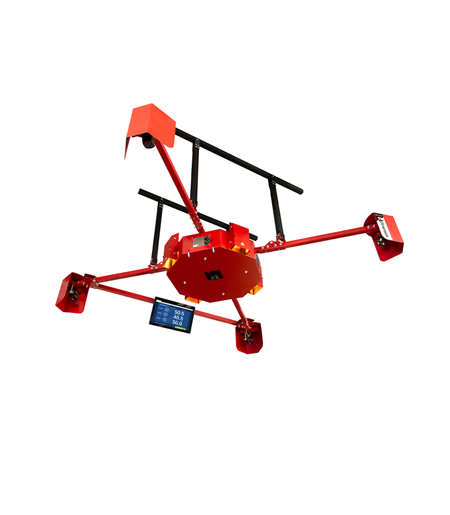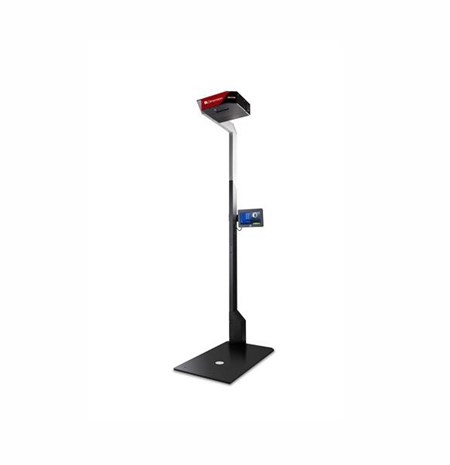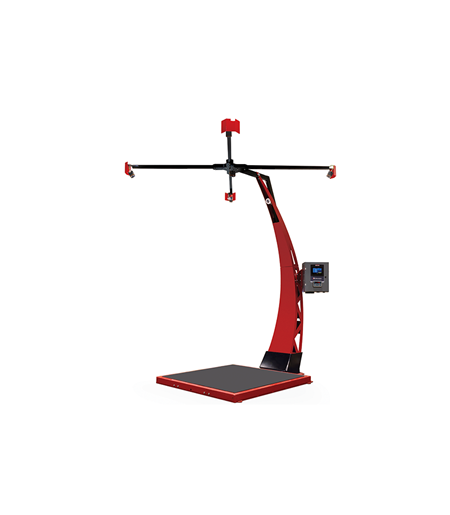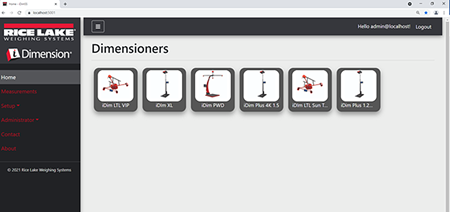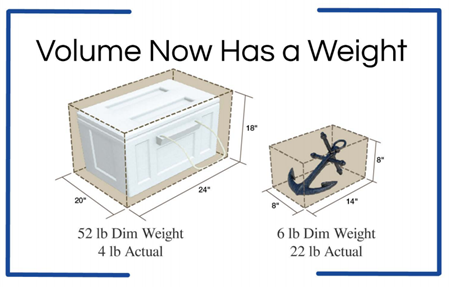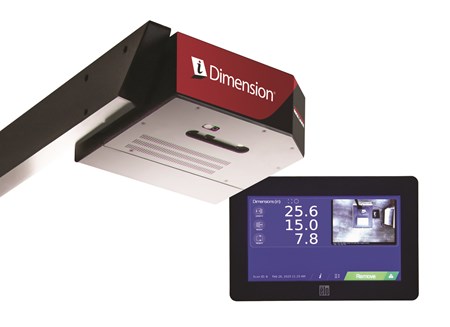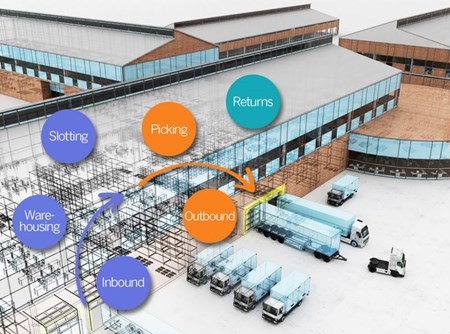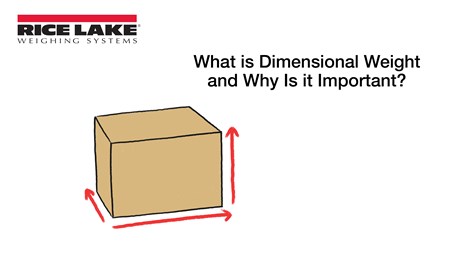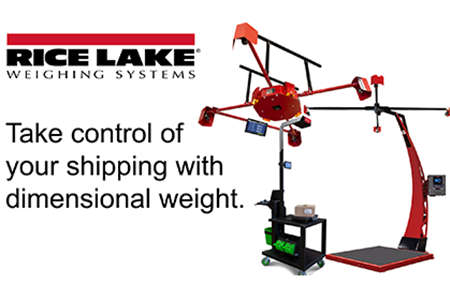Is the website displaying in the correct language? Please confirm or select a different language.
Your region has been set automatically. Please confirm or select a different region.
Ask the Expert: Logistics Operations and Dimensional Weight
John Lawn, Strategic Business Unit Director of Dimensioning for Rice Lake Weighing Systems, answers common dimensional weight questions.
What challenges are logistics departments facing?
Shipping frequency has increased in the last few years and it isn’t slowing down. Many providers have struggled to ensure they have enough resources to accommodate this growth, so they’re seeking additional methods to increase efficiency and optimize the resources they currently have.
Carriers are investing in dimensioning and weighing equipment to ensure the Bill of Lading (BOL) submitted by shippers is accurate. Carriers will verify weight and dimensions of the shipment and, if an error is found, shippers will receive a chargeback.
Because most carriers rely on dimensional weight (dim weight) to determine prices, it is critical for logistics personnel to accurately determine dim weight. Dim weight is the amount of space, or the volume, that a parcel or pallet occupies in relation to its actual weight. Using dim weight to plan truck loading also ensures carriers are optimizing truckload potential.
While carriers have been increasing fees to help enforce compliance, shippers need to have evidence that proves a parcel or pallet was properly weighed and dimensioned. Without an image of the shipment captured by a dimensioning system, it is very difficult for a shipper to contest chargeback fees.
How do dimensioning systems help?
Dimensioning systems, or dimensioners, can calculate precise shipment dimensions, ensuring logistics personnel correctly determine package or freight class and shipping rates. Not only are automatic dimensioners more accurate than manually determining dim weight, but some dimensioners can provide measurements in less than 2 seconds, giving logistics operations a big efficiency boost.

What should someone look for when they’re ready to integrate dimensioning with their material handling operations?
Key features to look for in a dimensioner include speed, accuracy, installation flexibility, automatic scanning, full data capture, API integration and network connection. Ultimately, the dimensioning system needs to integrate with existing operations without creating extra work.
Capturing dimensions, weight and shipment images, and storing that data in internal databases gives managers greater data visibility. Stored shipment images can also assist with any damage claims by allowing shippers to verify shipment condition when it left their facility
What if someone is unsure whether they are meeting shipping guidelines?
If you’re unsure about meeting shipping guidelines, your carriers have the answers to your questions. Even for facilities not utilizing a dimensioning system, it’s important to talk to your carrier about their dim weight guidelines and how to document dim weight measurements. They can also help you understand how to dispute inaccurate chargebacks and may have additional tips on shipping items more efficiently.
What types of dimensioning systems are available?
There are a variety of dimensioning systems available today designed for different shipment needs, including parcel dimensioners, pallet dimensioners and systems that combine a scale with a dimensioner.
Rice Lake’s iDimension Series includes two pallet dimensioners designed for Less Than Truckload (LTL) freight. Both LTL dimensioners can be paired with floor scales or used in conjunction with forklift scales. The freight model is designed to accurately capture measurements of long freight, up to 12 feet long and 8 feet wide.
The iDimension® Series also has three different parcel dimensioners to fit a variety of facilities, including a mobile version for greater flexibility. All three options can be paired with a postal scale and easily capture dimensions of tubes, flats and irregular packages.
Finally, Rice Lake’s iDimension PWD is a dimensioner and scale system—providing shippers with the measurements of palletized shipments ranging from 6 feet cubed to just 6 inches tall. It’s available in multiple configurations and mounting assemblies to fit nearly any logistics department.
We are seeing more frequent requests for dimensioner integration with other automation equipment, such as mounting the dimensioner over a conveyor or stretch wrapper. We can also mount the sensors in non-standard locations to satisfy unique application requirements, such as needing to measure extra-long, thin boxes.


The Expert
John is the Strategic Business Unit Director of Dimensioning for Rice Lake Weighing Systems with more than 20 years of experience in the measurement industry. In his role with Rice Lake, John helps build a strong product development team while bringing high-quality products to a variety of industries.
Rice Lake’s team of dimensioning experts are available to answer questions and help logistics managers find the best solution for their processes.



 My Account
My Account
